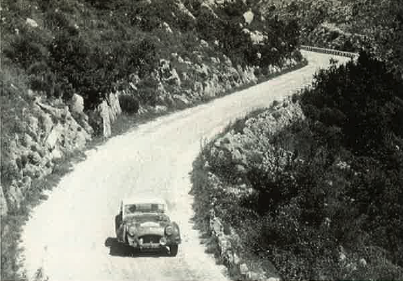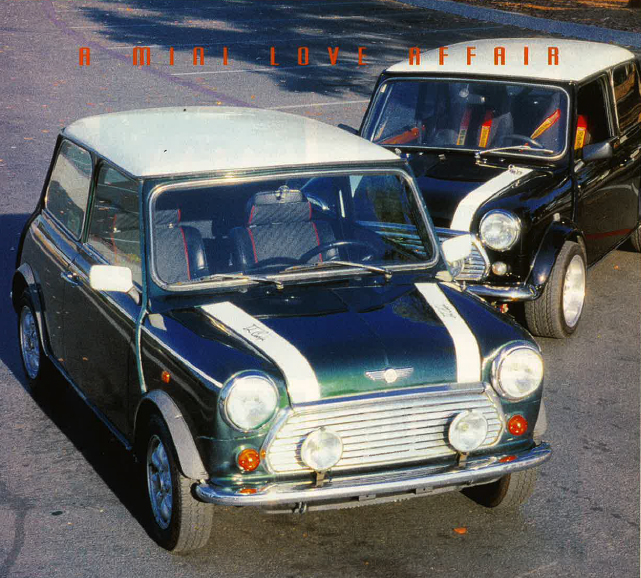Evolution of an automotive icon
Only about 10,000 Minis made it to U.S. soil during its 41-year, 5.3 million production run. Nevertheless, it isn’t hard to find die-hard American enthusiasts who worship the bold little statement. Now comes news that those smashing little Mini Coopers—based in part on the John Cooper inspired Minis of old that excelled in motorsports—will be dashing around the streets of America beginning in 2002. Of all the car companies to pick up this iconic design, BMW took up the charge, vowing to preserve the historic feel while blending various innovations developed since the first Minis appeared in 1959.
“The Mini Cooper is not a retro designed car, but an evolution of the original,” says Frank Stephenson, the Mini’s chief designer. “It has the genes and many of the key characteristics of its predecessor, but is larger, more powerful, more muscular, and more exciting.”
The Mini Cooper instantly endeared itself to driving enthusiasts worldwide and has lasted decades without a major redesign. But like the VW Beetle, sometimes new is better. In England, where the first new Mini models are scheduled to be released in July 2001, people are already referring to it as “the baby BMW.”
BMW has kept the bulging hood, distinctive “wheels-at-the-corners” construction, and the chopped-off hatchback. When looking for a way to describe the new Mini’s look, Edmunds.com writer Philip Reed said it looked “like a scrappy little soccer hooligan spoiling for a fight.”
The new Mini will be available in the United States in two trim levels, the Mini Cooper and the Mini Cooper S. Pricing isn’t firm yet, but unofficially the base price will start at around $18,000. A five-speed manual transmission will be standard with automatic as an option, and a 115- or 160-horsepower, four-cylinder 1.6-liter, 16-valve engine will be available.
Of course, there are differences between the old and new Mini. The first one is that drivers won’t need to pry themselves into the new Mini, which has much more interior space. In addition, the 50/50 split folding rear seats make better use of the available space. The smooth dash is broken up by a series of different-sized circular gauges, dials, and vents. The tachometer sits above the small steering wheel, while the large speedometer is placed right in the middle of the dash.
The new Mini has advanced suspension with a multi-link design in the rear. Disc brakes are attached to all wheels (ABS is standard), and BMW says that the body is two to three times stiffer than other cars of its size, giving it a go-kart feel. As for those tiny wheels on the original Minis, they’ve been replaced with standard 15-in. or optional 16- or 17-in. aluminum wheels finished in white or silver.
What about safety? It was, after all, safety concerns among other issues that drove Minis out of the United States in 1967. BMW states that an exceptionally strong passenger cell is combined with front and rear crumple zones and impact door beams. A “full array of airbags” shields the driver and passenger from front and side impacts. A head protection airbag is also standard. Dynamic Stability Control traction system and Xenon headlights are options, along with a navigation system.
BMW is calling the Mini an independent brand within the BMW Group. The car will be made in Oxfordshire, England, and imported to select BMW dealerships. Americans can expect to see Minis at U.S. BMW dealerships in the spring of 2002.






'The New Mini' has no comments
Be the first to comment this post!